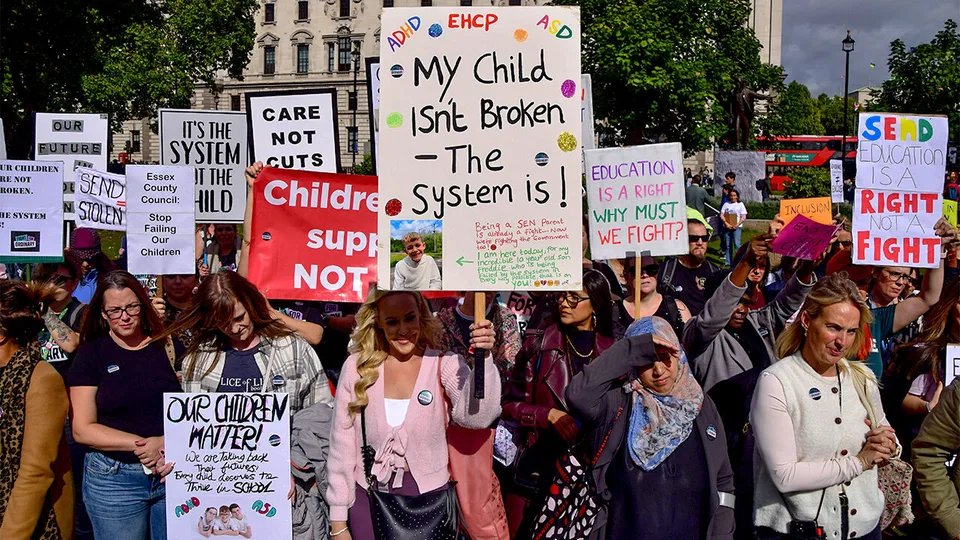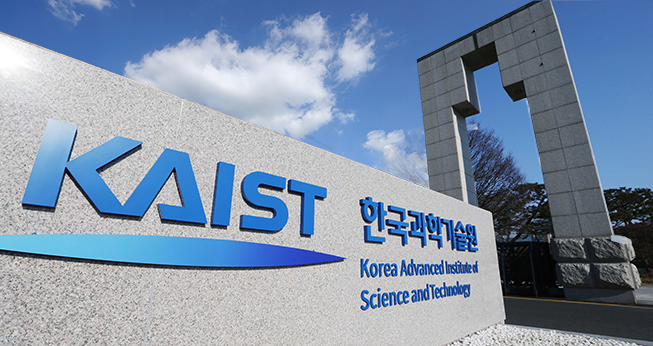
Applying to KAUST - Your Complete Guide for Masters & Ph.D. Programs (Upcoming Admissions)
Admissions Overview & Key Requirements

England’s special educational needs and disabilities (SEND) system is in crisis. According to a detailed report published by The Economist on October 27, a decade-old law has unintentionally created a costly, adversarial, and inefficient structure that fails to meet the needs of children, families, and schools.
The article opens with a portrait of Westmorland Primary School in Chorley, Lancashire—a calm, well-regarded special school with small class sizes and growing demand. It is one of 35 SEND schools operated by Witherslack Group, a private company owned by Mubadala Capital, the asset-management arm of Abu Dhabi’s sovereign wealth fund.
The presence of a foreign investment firm in England’s special-needs education sector, The Economist notes, is a symptom of a broken SEND system that is not only failing children and families, but also funneling public money into private hands.
The root of the problem lies in the Children and Families Act 2014, which introduced Education, Health and Care Plans (EHCPs). These legally binding documents were designed to guarantee support for children with severe needs. Crucially, the law made funding “follow the pupil,” meaning schools only receive extra money if a child has an EHCP.
At the same time, broader support services—such as teaching assistants and speech therapy—were cut due to austerity measures. The result is an all-or-nothing system, which guarantees conflict. Schools tend to get extra support only if they can show a child is not succeeding. Their incentive is to get pupils onto plans, but more widely, secondary schools in particular are pushed to focus on attainment over inclusion. Cash-strapped councils (which foot the bill for children with EHCPs) try to minimize costs and struggle to keep pace with demand for assessments.
Nervous parents see an EHCP as the only way to get any support. Many have to wait years for an assessment, which can involve a maze of paperwork, expert reports, and appeals. While parents usually win, the process takes a toll and leaves educational psychologists tied up in bureaucracy rather than working practically with children and schools. Even if a child gets a plan, there is little guarantee that their school will be able to meet it.
Since the law came into effect, the number of children with EHCPs has doubled to over 500,000, or one in 20 pupils. Yet the average support per child has dropped by a third. Some parents resort to homeschooling—those numbers have doubled since 2020.

Demand for special schools has surged, especially private ones. The number of children in private SEND schools has tripled in a decade, from 10,000 to 30,000. These schools often deliver high-quality care, but at a steep cost: Westmorland charges £85,617 per pupil annually, paid by local authorities. Investors like Mubadala Capital are expanding in the sector, betting that demand—and profits—will continue to grow.
All this adds up to a gross misallocation of resources. The vast majority of children should be able to thrive in mainstream education, but many don’t, which pushes money elsewhere, creating a downward spiral. The trial-by-combat system also penalizes poorer families. A paper by the Sutton Trust, a think-tank, finds that two-thirds of middle-class parents spend money on ECHP applications, often running into four figures. They are almost twice as likely to secure a special-school place, compared with working-class parents.
Many experts believe the best long-term fix is to move away from the current EHCP-dependent model and instead give schools flexible funding to support all pupils with special needs — not just those with a legal plan. This would allow schools to intervene earlier, reduce bureaucracy, and help more children without forcing families into legal battles. Ofsted could then hold them to account. Some schools already do a good job with limited resources. Making this the norm would require investment, but it would lower costs over time.
But this vision comes with a major challenge. It would mean scaling back or replacing EHCPs, the very mechanism that families have come to rely on. For many parents, EHCPs are a lifeline in a system that otherwise fails to deliver.
That’s why the government’s reform plans — expected in a delayed white paper — have triggered fierce backlash this autumn. Hundreds of parents protested outside Parliament, fearing that the white paper would restrict or abolish EHCPs.
Education Secretary Bridget Phillipson has acknowledged the system’s flaws, saying it forces families to “fight for every scrap of support.” She has promised £1bn in SEND investment and £750m for new specialist school places, along with reforms to reduce bureaucracy. But she also signaled that change to EHCPs is on the table — a move that many families see as a threat rather than a solution.
Any meaningful reform, The Economist notes, would likely require a period of double-funding — maintaining EHCPs while building a more flexible system — to reassure families that support won’t vanish. Building more special schools would also reduce the need for costly private places.
Share

Applying to KAUST - Your Complete Guide for Masters & Ph.D. Programs (Upcoming Admissions)
Admissions Overview & Key Requirements

Registration Opens for SAF 2025: International STEAM Azerbaijan Festival Welcomes Global Youth
The International STEAM Azerbaijan Festival (SAF) has officially opened registration for its 2025 edition!

KAIST International Graduate Admissions Spring 2026 in Korea (Fully Funded)
Applications are open for KAIST International Admissions for Master’s, Master’s-PhD Integrated, Ph.D., and Finance MBA

Erasmus Mundus Joint Master's 2026 (Upcoming Admissions)
Erasmus Mundus programs are scholarships available to students worldwide, offering fully-funded Master’s degrees to study in Europe!

Young Leaders Union Conference 2025 in Paris (Fully Funded)
Join Global Changemakers in Paris! Fully Funded International Conference for Students, Professionals, and Social Leaders from All Nationalities and Fields

South Korea Leads OECD in Higher Education Completion for 17th Consecutive Year
With 56.2% of adults holding a college degree or higher, South Korea continues to lead the OECD in higher education attainment.